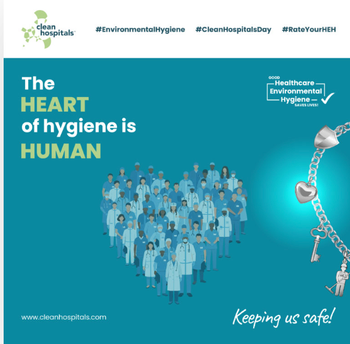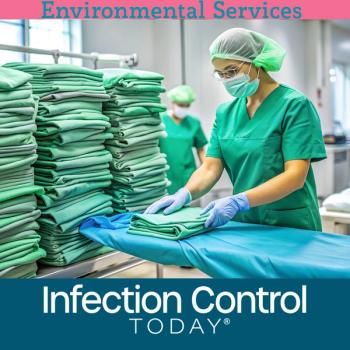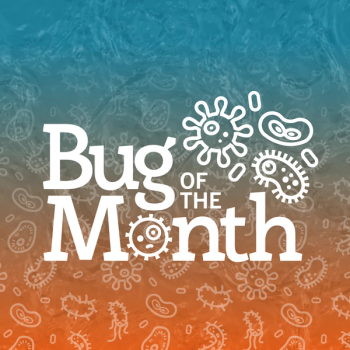
No Link Between Multiple Childhood Vaccinations, Subsequent Hospitalization
New research does not support a belief that children receiving multiple vaccines increase their risk of hospitalization for a nontargeted infectious disease, according to a study in the August 10 issue of JAMA.
During the last two decades, more vaccinations have become available and routine vaccination schedules have become increasingly complex, according to background information in the article. This has led to concern among some that multiple antigen vaccines, such as the measles-mumps-rubella vaccine, or aggregated vaccine exposure could lead to immune dysfunction, resulting in infectious diseases not targeted by vaccination, occurring as a result of an overload mechanism.
In a 2002 safety review of multiple immunizations and immune dysfunction, the U.S. Institute of Medicine concluded that there was strong evidence for the existence of biological mechanisms by which multiple vaccinations could influence the risk of nontargeted infectious diseases. However, epidemiological and clinical support for the effect has been lacking, and some studies have even favored a beneficial effect on nontargeted infectious diseases.
Anders Hviid, MSc, of the Statens Serum Institut in Copenhagen, Denmark, and colleagues evaluated the relationship between routinely administered childhood vaccines (Haemophilus influenzae type b; diphtheria-tetanus-inactivated poliovirus; diphtheria-tetanus-acellular pertussis-inactivated poliovirus; whole-cell pertussis; measles-mumps-rubella; oral poliovirus) and hospitalization for nontargeted infectious diseases. The population-based study included all children born in Denmark from 1990 through 2001 (n = 805,206). Information was collected on type and number of vaccine doses received and hospitalization with infectious diseases, specifically acute upper respiratory tract infection, viral and bacterial pneumonia, septicemia (an infection of the blood stream), viral central nervous system infection, bacterial meningitis, and diarrhea.
The researchers found that of 42 possible associations (six vaccines and seven infectious disease categories), the only adverse association was for Haemophilus influenzae type b vaccine and acute upper respiratory tract infection. This one adverse association was within the limits of what would be expected by chance alone and the effect was not temporal or dose-response.
Conversely, the 15 observed protective associations suggest that vaccination may have nontargeted protective effects. When considering aggregated vaccine exposure, we found no adverse associations between an increasing number of vaccinations and nontargeted infectious disease hospitalizations, the authors write.
In conclusion, our results do not support the hypothesis of increased risk of nontargeted infectious disease hospitalization after childhood vaccination, the researchers write.
Reference: JAMA. 2005; 294:699705.
Source: American Medical Association
Newsletter
Stay prepared and protected with Infection Control Today's newsletter, delivering essential updates, best practices, and expert insights for infection preventionists.





